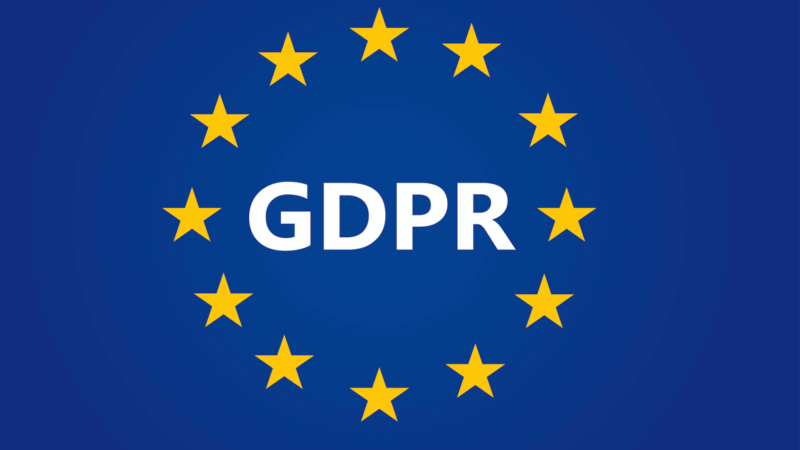The spirit vs. the letter of the email law & the bits in between
There are things we all "know" that aren't actually founded in reality. Contributor Len Shneyder busts commonly held beliefs about email regulations.
Over the last year, I’ve given a presentation where I debunk common email deliverability myths and ask the audience to chime in and tell me if the myth is true, plausible or busted.
Though I don’t sport a handlebar mustache or an Indiana Jones-style fedora à la the real MythBusters, I explain why it’s important to take stock of a myth regardless of its veracity. In this column, I’ll share common misconceptions, as well as best practices, related to regulations affecting email marketers.
Meeting consumer expectations
One of the myths in my presentation has roots going back a decade or more, to the earliest days of CAN-SPAM:
“Based on CAN-SPAM, I have 10 days to unsubscribe someone — so I should totally email them again.”
The correct response, of course, is, “NO! This is totally busted!” Although CAN-SPAM does afford the sender of a commercial email message 10 days to unsubscribe a recipient (who has opted out either via the unsubscribe link in an email or some other method) from receiving further messages, we live in a digital world predicated on instant gratification.
It’s this instant gratification, and the psychology of expectation, that should motivate every sender on the planet to stop emailing customers who opted out as quickly as possible regardless of the 10-day grace period the law affords them.
Let’s consider the overzealous sender who believes 10 days is an ideal time frame in which to convince someone to change their mind, or that this unique window gives them the right to carpet-bomb a customer’s inbox. What began as a normal moment in the customer life cycle — disengagement — will undoubtedly escalate into a punitive action against a sender.
The user’s expectation is that they will be removed as soon as they click the confirmation button on the landing page, ensuring they are absolutely certain they wish to stop receiving emails. Because that’s how these mechanisms should work.
By sending this user more emails in the ensuing 10 days, or setting the expectation that they will receive further messages over the next few days, you the run risk of annoying the recipient and their counterattacking by marking these messages as spam.
The effect on deliverability
Such actions will denigrate the sender’s ability to reach customers that genuinely want to receive these emails. Not only has the act of disengagement resulted in the loss of a customer, but the added fallout from this action results in the potential loss of impressions in conjunction with the sender’s eroded reputation.
Even though the letter of the law specifies that you have 10 days, the spirit is very much linked to the understanding that we live in a world where our groceries are a few taps away, dinner can be delivered by Uber, paid helpers can be found, booked and paid through your mobile phone and that the inbox is highly personal. (Keep in mind, too, that CAN-SPAM was enacted in 2003, well before the iPhone came onto the scene, and customers’ expectations in the digital world have changed a lot since then.)
The big GDPR myth

This idea that the spirit and letter don’t always see eye-to-eye goes beyond just unsubscribes. Take, for instance, a feature of GDPR around consent: According to article 4 of the GDPR, consent must be “freely given, specific, informed and unambiguous.”
The letter of the law does not actually state which kind of opt-in methodology a sender must use to obtain the consent of a European citizen (or someone living within the EU) to send them an email. The spirit of the law is really focused on how a person understands what they are opting into.
Many have assumed that the requirement is to enforce double opt-in or confirmed opt-in. This isn’t the case. Although I’d argue that confirmed opt-in is the best, most secure way to ensure the organic growth of a given sender’s list, it is not required — as far as the letter of GDPR goes — to be implemented by the sender wishing to obtain opt-in from people living in the EU (Though some wonder whether confirmed opt-in is even allowed under GDPR, because it involves emailing someone — for confirmation — before you have their explicit consent).
Transactional vs. commercial email
Another area where senders often push the bounds of what the law says versus what it means has to do with transactional email. Transactional messages, as outlined by CAN-SPAM, are defined as emails consisting only of content that:
-
- Facilitates or confirms a commercial transaction that the recipient already has agreed to.
- Gives warranty, recall, safety or security information about a product or service.
- Gives information about a change in terms or features or account balance information regarding a membership, subscription, account, loan or other ongoing commercial relationship.
- Provides information about an employment relationship or employee benefits.
- Delivers goods or services as part of a transaction that the recipient already has agreed to.
The most common question that arises in relation to this framework: Can I send someone commercial content, such as similar product suggestions, in a transactional message? The short answer given by most senders is “yes”; the slightly longer answer is “not too much.”
What exactly constitutes “not too much?” Tribal knowledge suggests that an 80/20 or 70/30 split between commercial and transactional is acceptable. If the commercial content exceeds the transactional, then the primary purpose of the email has changed, and it will be subject to the more constrained requirements of CAN-SPAM for commercial messages.
In my opinion, the most common, and best, configuration for commercial versus transactional messages at an IP level is to split them on separate and unique IPs. Doing so allows for commercial traffic, which normally has a lower open rate and greater reputation swings than transactional messages, to not impact the business-critical transactional email flow that staves off calls to the call center and other forms of customer-generated outreach that ultimately cost the sender real money.
It’s not surprising that senders would want to include commercial content in their transactional emails as it serves two purposes: it delivers offers to established customers and ensures that content reaches the inbox. However, since the law is vague, we need to understand that ensuring the overall health of a mailing program across both mail streams requires reining in our opportunistic impulses a bit in order to find the balance between letter and spirit.
Finding a balance

There are numerous gray areas in laws that govern electronic communications and data privacy. Clever senders have learned how to ensure they comply with established regulations, while, at the same time, ensuring they’re not limiting their own opportunities or business imperatives.
It’s a tricky balance that requires the input of legal counsel and a keen understanding of where these discrepancies come from while balancing business initiatives with the basic understanding that delighting customers is the only true long-term means of shoring up ROI and establishing brand stickiness.
Contributing authors are invited to create content for MarTech and are chosen for their expertise and contribution to the search community. Our contributors work under the oversight of the editorial staff and contributions are checked for quality and relevance to our readers. MarTech is owned by Semrush. Contributor was not asked to make any direct or indirect mentions of Semrush. The opinions they express are their own.
Related stories
